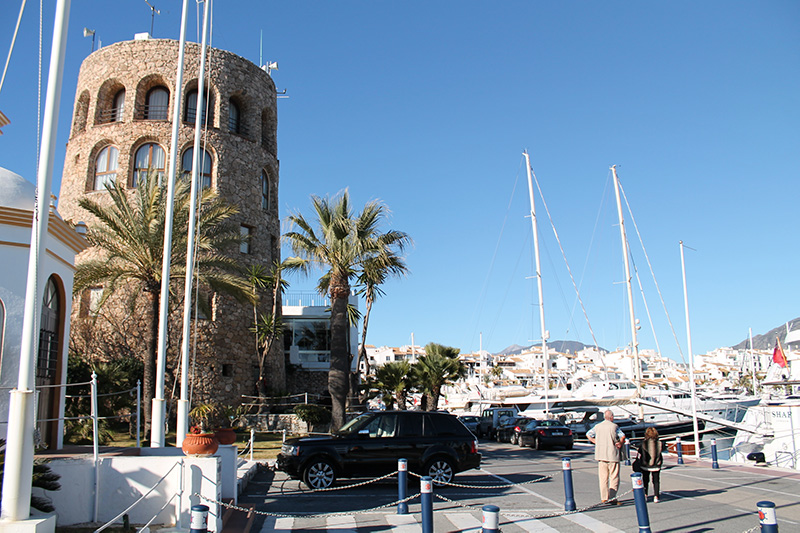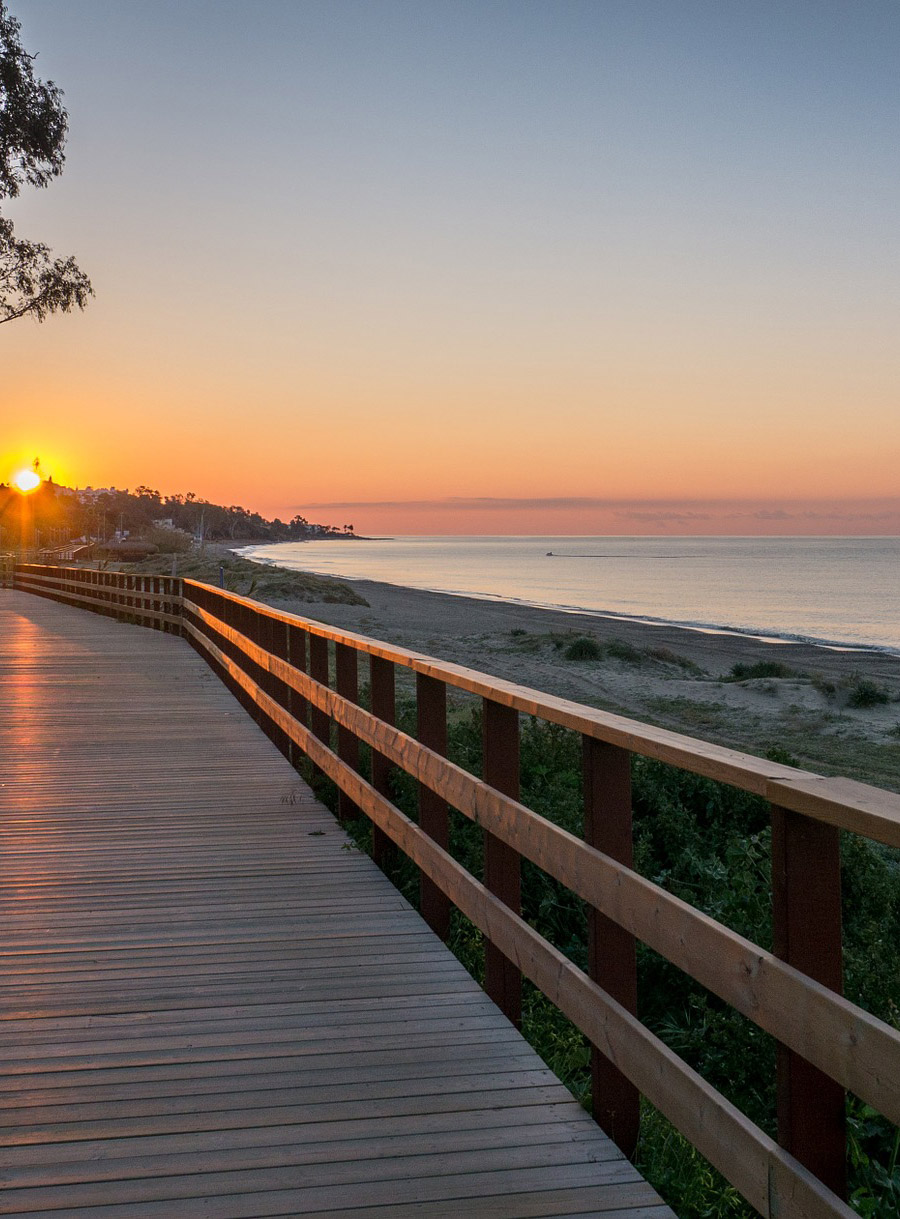ABOUT SPAIN
Spain
Spain is located on the Iberian Peninsula, in the Southwest of Europe. To the North is France and Andorra with the Pyrenees as a natural border. The Balearean Islands, (Mallorca, Menorca and Ibiza) in the Mediterranean, the Canary Islands in the Atlantic (near the Moroccan coast), and Ceuta and Melilla (located in Northern Africa) also belong to the Spanish territory.
Spain is the third largest country in Europe for its size and fifth for number of inhabitants. It has a surface of over 500.000 square kilometers, including all of the previously mentioned islands. There are over 40 million people living in Spain, most of them in the cities or along the coast. Spain is divided into 19 autonomous areas, including the areas outside the Iberian Peninsula; the most prosperous areas are Madrid, Catalonia and the Basque Country.
There are 5 large mountain ranges that cross the country and about 50 per cent of the land lies considerably higher than sea level. Scenery varies from almost desert-like to fertile and green land, and of course there are the long coastal strips in the East along the Mediterranean, from the Pyrenees to Gibraltar.
Regional and Cultural Divisions
Spain has been invaded over the centuries by various peoples, including the Phoenicians, the Romans and the Moors. For centuries Spain was divided into small feudal kingdoms that had their own money, culture, languages and food! Although Spain is one country, there are two basic ingredients common to all regions, these are garlic and olive oil; however there are large regional differences in cuisine.


The Culinary Regions of Spain
Generally, Spain can be divided into six culinary regions:
- The North of Spain – where we find lots of sauces and seafood, such as the regions of Galicia and Asturias.
- The Pyrenees, home of the chilindrones, sautéed peppers, tomatoes and onions dish that accompanies many of the region’s dishes.
- Cataluña region where casseroles or cazuelas abound.
- The Eastern region, which includes the Autonomous Community of Valencia, where the primary dishes are rice-based like the popular Paella Valenciana.
- Andalucía, where fried fish is a staple and bars don’t serve a drink without a tapa to munch on.
- Central Spain where roast meats and cocidos or stews dominate the daily diet. This would include the region of Castilla-Leon.
Costa del Sol
The Costa del Sol stretches along 150km of Málaga and is one of Spain’s most popular tourist destinations, with its wide sweeps of golden sand. The area’s mild climate is the main attraction – visitors and residents alike can enjoy the beaches, as well as alfresco dining plus a wide variety of outdoor activities all year round.
The area is famous for its hundreds of beaches, from quiet, hidden coves to trendy stretches of sand with fashionable beach clubs populated by celebrities and beautiful people from all over the world. One of the most popular pastimes on the Costa is golf – there are over 50 golf courses in the area, with stunning mountain and cliff top locations, offering spectacular views over the area’s varied landscapes, and down to the sea. If you prefer nightlife, then you’ll find a huge selection of bars and clubs along the coast, especially around Marbella and Puerto Banus, ranging from the fun and easygoing, to the chic and sophisticated.


“One of the safest ways to invest is to invest in the dynamic real estate market in Southern Spain”


Tourism in Spain
As a crossroad of several civilizations, Spain offers a number of historical cities and towns. Major destinations include Spain’s two largest cities: Madrid and Barcelona, which stand as two of the leading city destinations in Europe. Both offer a matchless number of attractions and their importance in commerce, education, entertainment, media, fashion, science, sports and arts contribute to their status as two of the world’s major global cities.
Thirteen Spanish cities have been declared World Heritage Cities by the UNESCO: Alcalá de Henares, Ávila, Cáceres, Córdoba, Cuenca, Ibiza, Mérida, Salamanca, San Cristóbal de La Laguna, Santiago de Compostela, Segovia, Tarragona and Toledo. As of June 2013, Spain has 44 total sites inscribed on the list, third only to China (45) and Italy (49). Of these 44 sites, 39 are cultural, 3 are natural, and 2 are mixed (meeting both cultural and natural criteria), as determined by the organization’s selection criteria.
Other first-class destinations are Seville, Granada, Santander, Oviedo, Gijón, Bilbao and San Sebastián; all of them having historical landmarks and a lively cultural agenda.
Spain’s diverse landscape has resulted in it often being called “a miniature continent”. Spain is the most mountainous country in Europe after Switzerland, despite the fact that 45 per cent of its mainland area is occupied by the Meseta Central (“Inner Plateau”), the high plains of central Spain. The rest of the country is dominated by several Mountain ranges, including peaks that exceed 3,000 meters; significant lowlands and a vast coast, alternating rugged cliffs with sandy beaches, bays, capes and coves. Spain also has two archipelagos with a variety of landscapes, the Balearic Islands with a typical Mediterranean landscape and the diverse Canary Islands.
Many indigenous and endemic species owe their current situation to the existence of protected areas with which they try to avoid their decline or extinction. To date, Spain has a total of 15 National Parks, of which 10 are on the mainland, 1 in the Balearic Islands and 4 in the Canary Islands.
Spain’s most visited National Park is the Teide National Park in the Canary Islands, with over 3 million visitors in 2007 and crowned with the third largest Volcano in the world from its base, the Teide, with 3,718 meters above the sea level and is the highest point in Spain. The Teide also has the distinction of being the most visited national park in Europe and second in the world.
For more information about Spain and Costa del Sol, please visit:

